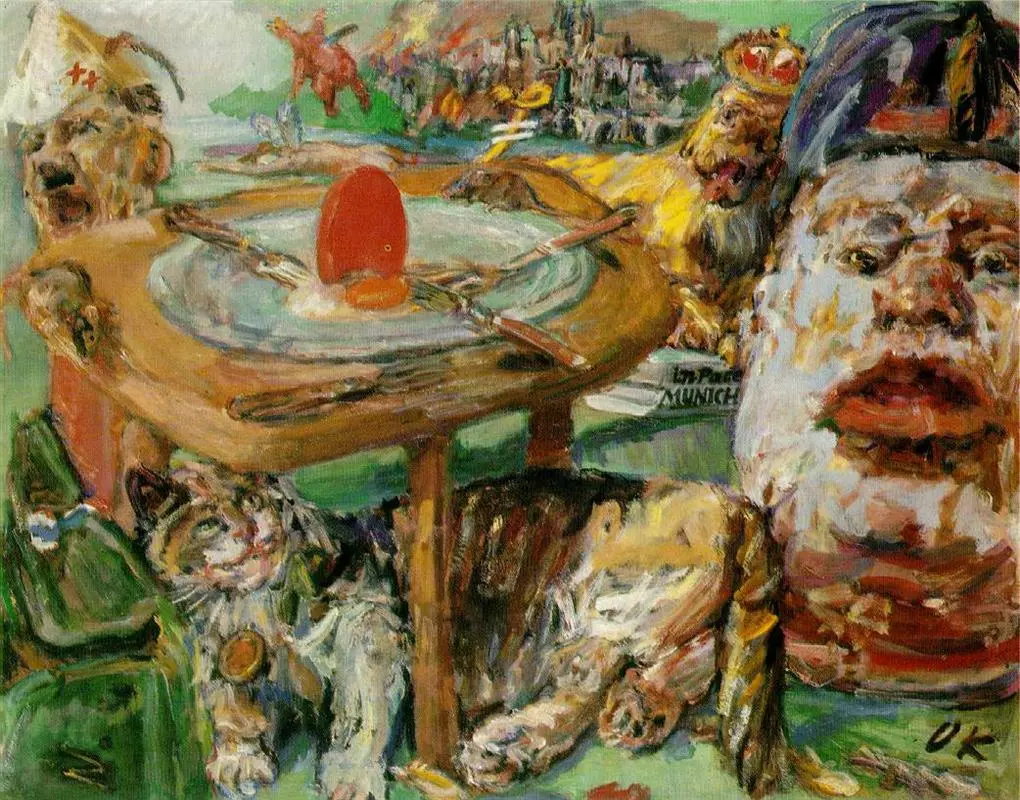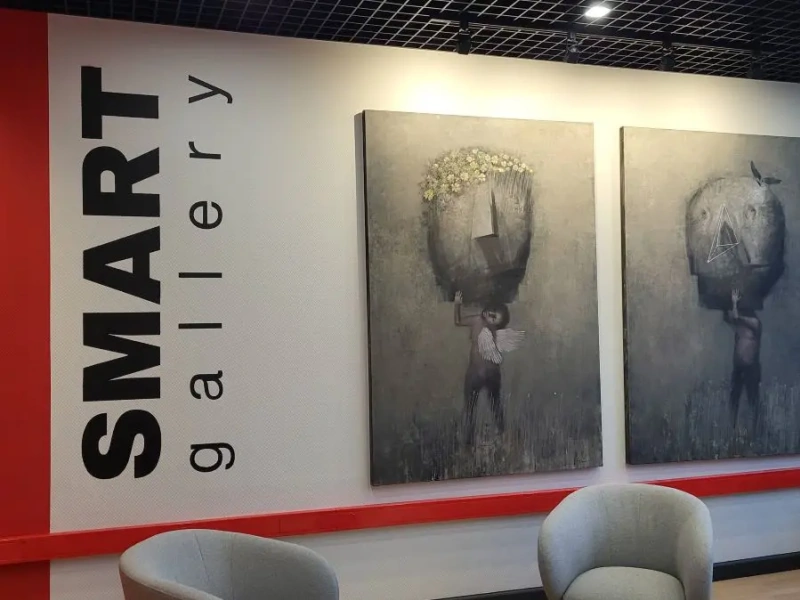In 2018, the Kunsthaus Zürich will conduct a large retrospective of the Oskar Kokoschka’s oeuvre, spanning all major career phases of the leading Expressionist artist of the 20th century.

Oskar Kokoschka (1886 -1980) is regarded today as one of the most significant artists of the 20th century. Kokoschka was a man of great and diverse talents and his tempestuous life story is as fascinating as his artworks. He has fought throughout his turbulent career as a pamphleteer, playwright and painter for the freedom of the artist and the integrity of the individual.
Being ridiculed by most who saw his Self-portrait as a Warrior at the Vienna Kunstschau in 1908, executed by Kokoschka in an expressionist style for the first time, the artist was immediately declared by newspapers a "public terror," a "degenerate artist" and a "puddle of foul stink."
Being ridiculed by most who saw his Self-portrait as a Warrior at the Vienna Kunstschau in 1908, executed by Kokoschka in an expressionist style for the first time, the artist was immediately declared by newspapers a "public terror," a "degenerate artist" and a "puddle of foul stink."
Self-portrait as a Warior
1909, 36.5×31.5×19.5 cm
With the rise of the Nazis in the 1930s, Oskar Kokoschka found his art labelled "Degenerate" once again.
To demonstrate to the German people what type of art was unacceptable, the Nazis even sponsored an exhibition called "Degenerate Art" (Entartete Kunst), which opened in Munich in 1937 and toured Germany and Austria until 1941. The show included many of Kokoschka’s art works seized from German museums and collections. After the Wolrd War II, the artist estimated that the Nazis destroyed perhaps one-third of his total work.
To demonstrate to the German people what type of art was unacceptable, the Nazis even sponsored an exhibition called "Degenerate Art" (Entartete Kunst), which opened in Munich in 1937 and toured Germany and Austria until 1941. The show included many of Kokoschka’s art works seized from German museums and collections. After the Wolrd War II, the artist estimated that the Nazis destroyed perhaps one-third of his total work.
Self-portrait of a Degenerate Artist
1937, 110×85 cm
Despite ridiculous labels put on his art works, Oskar Kokoschka believed in the inclusive power of an art far removed from state propaganda, and this strong belief is reflected in all his oeuvre. Once the artist said: "Official art is always kitsch, because it serves the anonymous customer, and thus the experience is eliminated."
Couple with cats
1917, 93.5×130.5 cm
The Kunsthaus Zürich, where his large retrospective will be organized in 2018, played an important role in Kokoschka’s career from an early stage. The artist is well represented in the collection, with around ten oil paintings including his masterpiece ‘Amorous Couple with a Cat' (1917).
The artist spent the last 27 years of his life in Switzerland, and large part of his artistic oeuvre is to be found in Vevey and Zurich as well as Vienna. The last Kokoschka’s retrospective in Switzerland was organized at the Kunsthaus Zürich in 1986 in commemoration of his hundredth birthday.
This year, around 150 works will cover all phases of his artistic career. The Kunsthaus Zürich will present different techniques Kokoschka used, such as oil painting, pastel, drawing, watercolour and print, as well as his plays, stage and costume designs. According to the curators of the coming retrospective, it will be high time to reacquaint both a younger generation and some long-standing admirers with the spectacular originals of this expressionistic painter and his unique brushwork.
The artist spent the last 27 years of his life in Switzerland, and large part of his artistic oeuvre is to be found in Vevey and Zurich as well as Vienna. The last Kokoschka’s retrospective in Switzerland was organized at the Kunsthaus Zürich in 1986 in commemoration of his hundredth birthday.
This year, around 150 works will cover all phases of his artistic career. The Kunsthaus Zürich will present different techniques Kokoschka used, such as oil painting, pastel, drawing, watercolour and print, as well as his plays, stage and costume designs. According to the curators of the coming retrospective, it will be high time to reacquaint both a younger generation and some long-standing admirers with the spectacular originals of this expressionistic painter and his unique brushwork.
Bride of the wind
1914, 220×181 cm
A large retrospective of the Oskar Kokoschka’s art works will be on display at the Kunsthaus Zürich from 14 December 2018 to 10 March 2019.
Written on materials of the Kunsthaus Zürich, fineartmultiple.com, oskar-kokoschka.ch, MoMA, other sources. Title illustration: Oskar Kokoschka, The Red Egg, 1940 -1941. Oil on canvas, 61×76 cm. National Gallery in Prague.
























